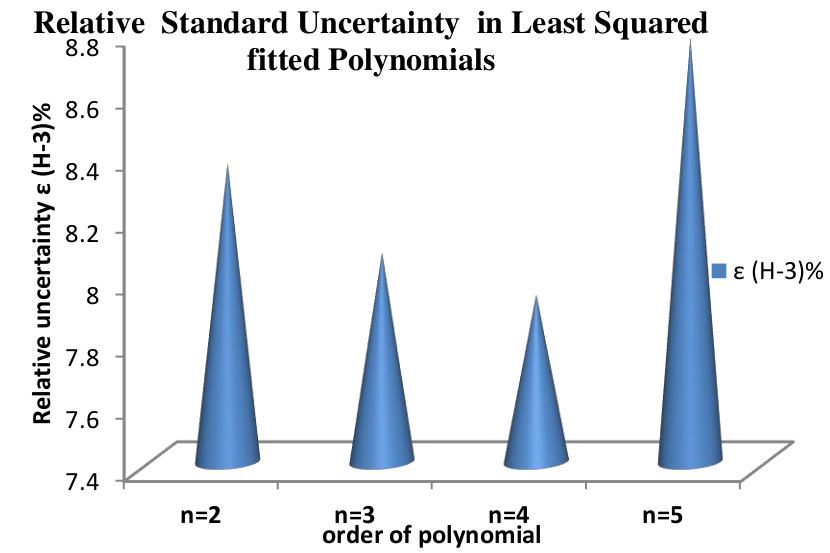Validation of Tritium Calibration Curve in CIEMAT/NIST Activity Measurement Using Non Linear Least Squared Fittings and Calculations of the Half-Life and Decay Constant of Potassium-40
Keywords:
CIEMAT/NIST method, Liquid Scintillation Counting, Least Square Fit Analysis, Tracer Calibration CurveAbstract
Non-linear curve fitting of tracer efficiency is one of the uncertainty contributors in CIEMAT/NIST method for specific activity measurement and half-life evaluation of radionuclide. This study applied least squared fitting of four different polynomials to validate the tracer efficiency calibration curve for the specific activity measurements of nine Potassium Chloride samples from which half-life and decay constants were computed. All samples were measured using TR1000 Liquid Scintillation Counter and the results of the relative standard uncertainties in tracer interpolated efficiencies associated with the least square fit analysis were found to be 8.363%, 8.076%, 7.941% and 8.767% for polynomials of n = 2, n = 3, n = 4 and n = 5, respectively. The corresponding values of 40 K specific activity, from the application of empirical efficiencies generated with these polynomials were found to be (16.541, 16.540, 16.537 and 16.548) Bq/g respectively. From these measured specific activity values, the computed half-life and decay constants were found to be (1.2518, 1.2519, 1.2521 and 1.2513) ×109 y (for n = 2, n = 3, n = 4, and n = 5), respectively, and (5.365, 5.5364, 5.5354 and 5.5391) ×10-10 y-1 respectively. All values were found to be in good agreement with results of other literatures. However to minimize uncertainty associated with empirically generated tracer interpolation efficiencies, least squared fit analysis of tracer calibration curve should be done, with control trials using different polynomials so as to obtain the best fit.

Published
How to Cite
Issue
Section
Copyright (c) 2022 S. Adams, E. Joseph, G. Kamal

This work is licensed under a Creative Commons Attribution 4.0 International License.







